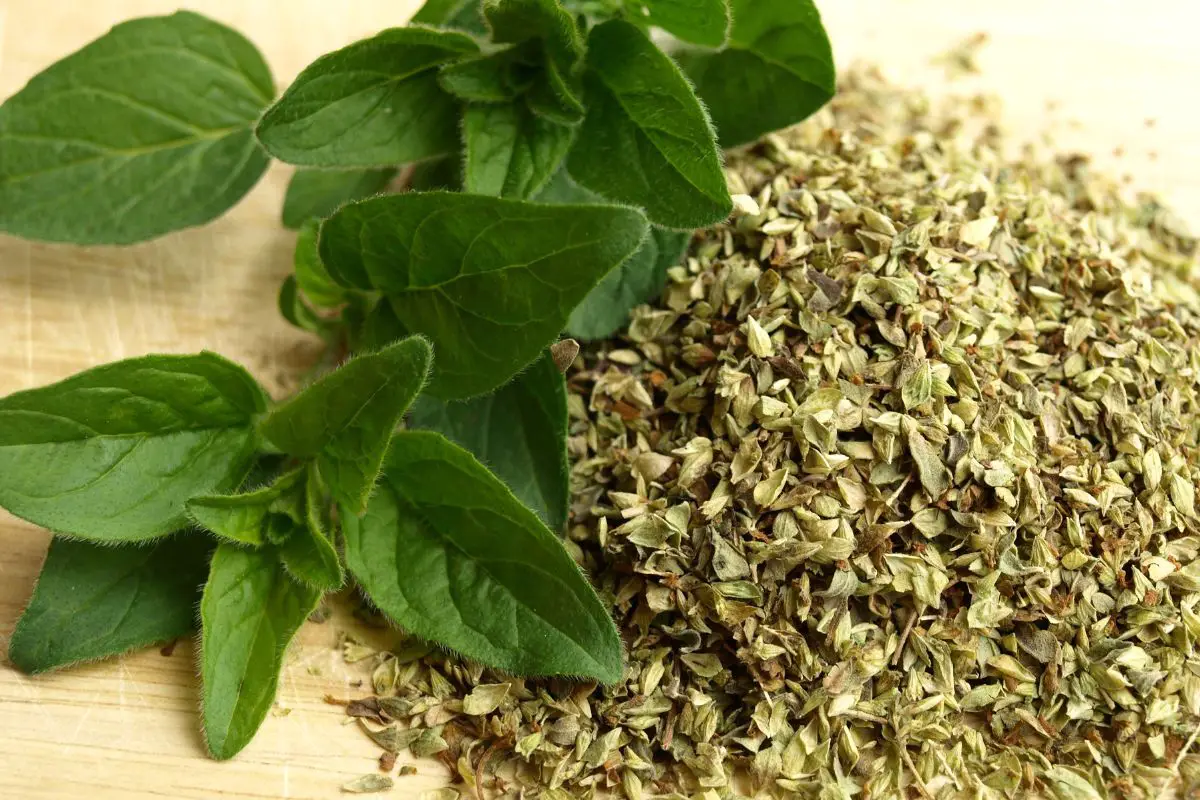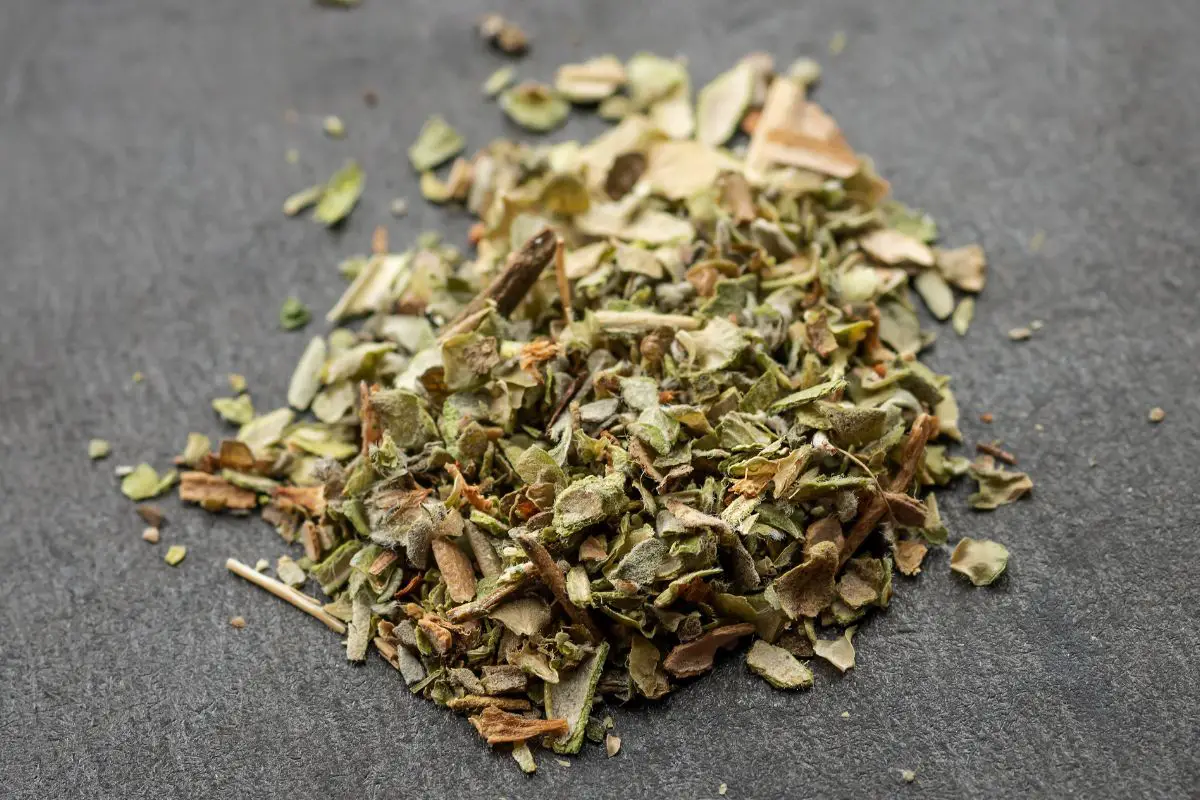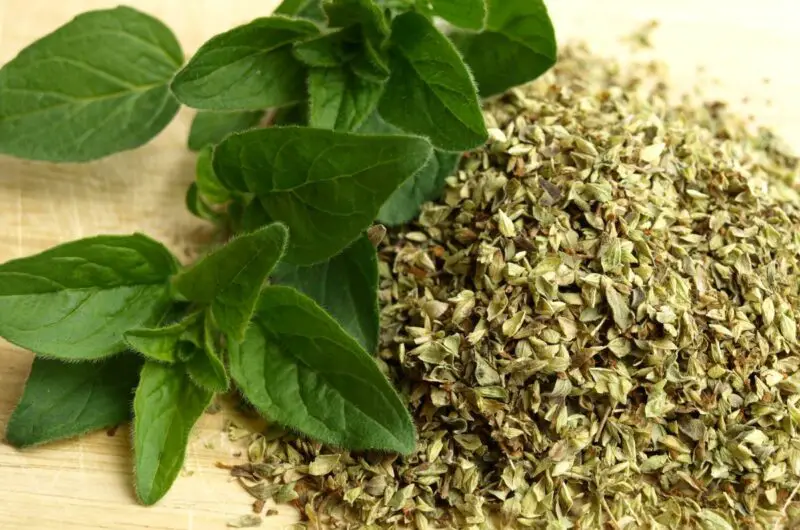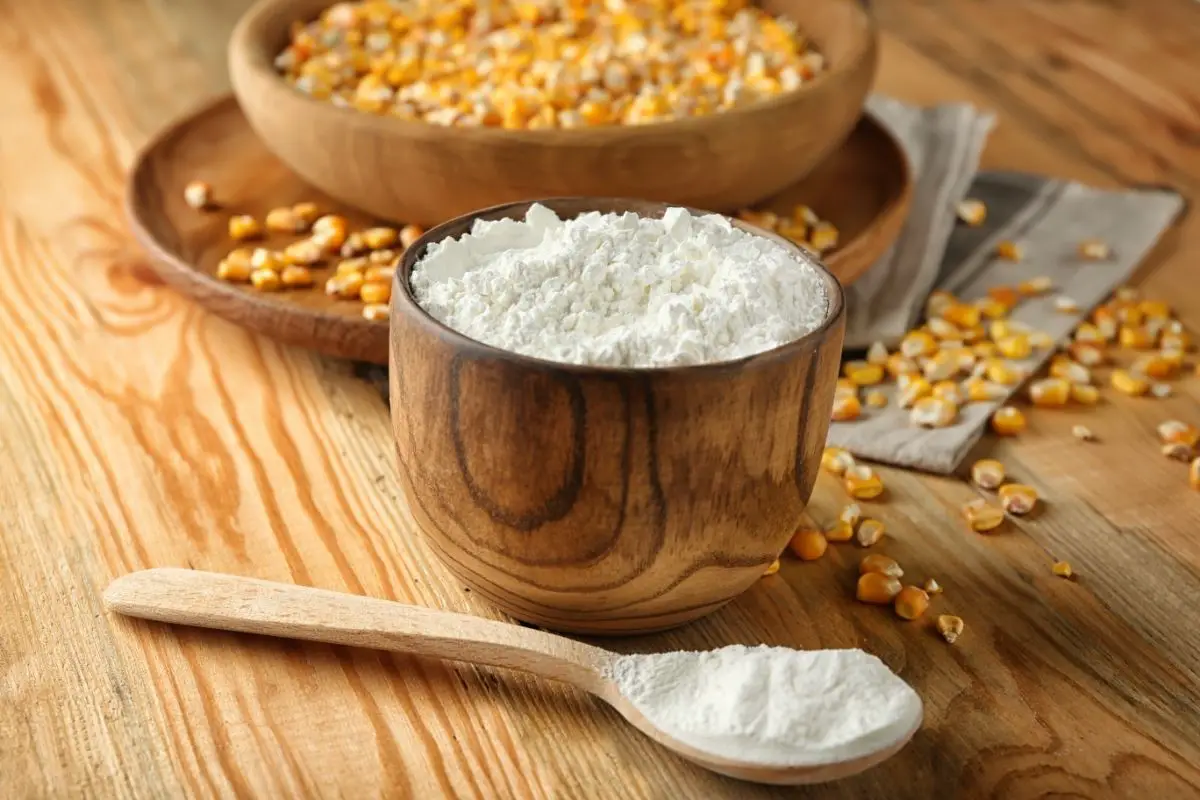One of the most commonly used herbs, not just in cooking, but in life in general is oregano. Oregano and its essential oils have been used for centuries with one of its first known uses being in Ancient Greece.
You can also make an oleoresin using the oil of oregano which is a more recent discovery found by absorbing the oil of oregano into different substances.
The oils of oregano are extracted using water or a steam distillation. It is also worth pointing out that while oregano is very popular, it is also one of the healthiest herbs as well!
Oregano has some very powerful properties that are worth knowing as well.
Oregano is a plant that originally came from the mint family, and it can be used as a spice to season your cooking, but it has historically also been used for medicine as well.

The main reason for this is that oregano has anti inflammatory properties as well as antimicrobial properties as well.
These are used to ensure your immune system is healthy, and also improves any potential issues with your stomach and digestion like indigestion and bloating.
However, what oregano is most well known for is the amazing and unique flavor it adds to dishes. Seasoning with oregano will add a strong smell, as well as a distinct flavor that usually improves the meal.
You can also find that oregano is commonly used in a lot of Italian cuisine, like lasagna, pizza, and spaghetti. These dishes often use oregano as one of the main sources of flavor.
Unfortunately, because of how popular oregano is, it is occasionally low in supply due to the high demand.
Oregano is particularly difficult to find because it cannot be cultivated or manufactured and only grows naturally in certain parts of the world!
Because of this, you can find the price of oregano being quite high compared to similar seasonings, and because of this, those who want to use it for whatever reason, are often limited from having easy access.
Because of this, we have put this list together of our favorite oregano substitutes and those that we think work the best instead of oregano. So, if you need a quick oregano substitute, keep reading!
What Is Oregano?
As we mentioned in the introduction, oregano was first used in Ancient Greece, it is a herbaceous plant and it is actually part of the mint family.
You can find this plant natively growing in a warm and temperate climate, most commonly in the temperate and tropical regions of Eurasia and Africa, but it is now found all over the world as well.
The herb has been used mainly for culinary purposes, adding flavor to many dishes like spaghetti and pizza.
The leaves on an oregano plant are a dark green color, and they are often dried so they can have a longer life span.
There is also oregano oil that is an essential oil which can be extracted through various methods from the oregano leaves, but hot water and steam distillation are the most common methods!
Then these oils will go through an absorption process and this makes an oleoresin.
Before getting into the substitutes, it is worth noting that there is a wide variety of different oregano varieties. For example, Greek oregano is the most common.
However, there is also Mexican oregano, as well as Italian oregano too. But, if you are cooking and you do not have access to any oregano, what do you use?
Luckily, there are plenty of alternatives, so keep reading to get our favorite choices!
1. Marjoram

One herb that is most commonly used as a substitute for oregano is marjoram, and this is because it is actually very similar to oregano.
It is so similar that you find that marjoram and oregano are quite often confused for each other, and some people even use them completely interchangeably!
Marjoram is known for having quite a mild but also warm taste, and because of this it is often used in dishes like soups, sauces, seafood, meat dishes, and some pasta recipes.
You can often find marjoram being described as a combination of mint and oregano. One thing that is worth knowing is that there are two main versions of marjoram being the sweet/knotted marjoram, or the pot marjoram.
A sweet marjoram has a more mild flavor so that is how you can tell it apart from the pot variety. The smell of marjoram is also close to oregano, but the taste is a bit more unique!
2. Thyme

Another herb that is commonly used as an alternative for oregano is thyme. This is a very popular herb that is also classified as an evergreen perennial, and it is known for having needle like leaves that are pointed.
When growing thyme also has smaller white and pink flowers, and these spread quickly.
The taste of thyme is quite earthy and has some woodsy undertones as well, but like other herbs, it has different varieties that taste different.
You will often find thyme being paired with dishes that have lamb, pork, chicken, tomatoes, eggs, as well as cheese too.
The herb itself is native to the Mediterranean region, however, it is now grown all over the world just like oregano is.
3. Basil

One of the most popular herbs overall, not just when substituting for oregano is basil, and part of the reason for this is just how versatile basil is.
Basil has been used for centuries as both a foundation of different cuisines as well as a medicinal herb as well. The taste of basil is a bit sweeter than oregano, and it also has a more aromatic quality as well!
It is both crisp and fresh, and this is part of the reason why it is used so commonly.
When you are cooking with basil, one of the strongest ways to include it in a dish is by using fresh basil leaves, and this is more prominent if you add them earlier in the cooking process compared to later on.
This is why if you taste basil quite strongly in the dish, it has likely been added as a garnish right before serving.
4. Italian Seasoning

If you do not have oregano by itself, you might have a mix of Italian seasoning instead, and you might not know, but this contains a mix of thyme, basil, and of course, oregano, so using this is a great alternative.
5. Tarragon

Tarragon does have a more distinct taste compared to other substitutes, but due to having a relatively similar flavor profile, it works well as an alternative rather than a substitute.
6. Parsley

When it comes to fresh green herbs that are often used instead of oregano, one of the top options that always comes to mind is Parsley.
Part of the reason for this is that parsley is used so widely and is readily available, so it makes a convenient substitute for oregano that you probably already own!
Parsley is a Mediterranean herb and it is commonly used in plenty of dishes so it is very likely that you already own and use parsley regularly.
Parsley is similarly popular than oregano, and part of the reason for this is that it is versatile. It can be used as a seasoning or a garnish for many different dishes and it very rarely clashes with the flavor of anything.
Parsley, similarly to oregano, is often dried, so if you want it to last for a long time, you do not have to worry about preserving it.
Also, when using dried herbs, remember that the flavor is more concentrated than when they are fresh.
Using parsley is best when substituting for oregano in a tomato based dish, and you can use the same amount of parsley as you would oregano, but keep in mind that if the recipe asks for fresh, and you are using dried, to half the amount to account for the more intense flavor!
Summary
Hopefully this guide has given you some great suggestions for alternatives you can use when cooking with what should be oregano.
While all of these substitutions will work in certain scenarios, not all of them will, so make sure to read our descriptions carefully to see if this substitution will work in the right recipe.
If you know what you can use instead of oregano, you can save a lot of time when it comes to buying ingredients, and have a better understanding of the seasonings you are using in your cooking!
6 Best Oregano Substitutes
Course: Substitutes4
servings30
minutes40
minutes300
kcalIngredients
Marjoram
Thyme
Basil
Italian Seasoning
Tarragon
Parsley
Directions
- Decide on what substitute you need
- Pick a substitute from the list above
- Read what you need to substitute with
- Create the recipe and enjoy
- What Exactly Do Chickpeas Taste Like? Is There A Distinct Flavor? - September 30, 2023
- Top 11 Low Carb Options at Sonic Drive-In for Keto Diet - September 30, 2023
- What Should You Serve Alongside Potato Salad? 8 Incredible Side Dishes - September 30, 2023











